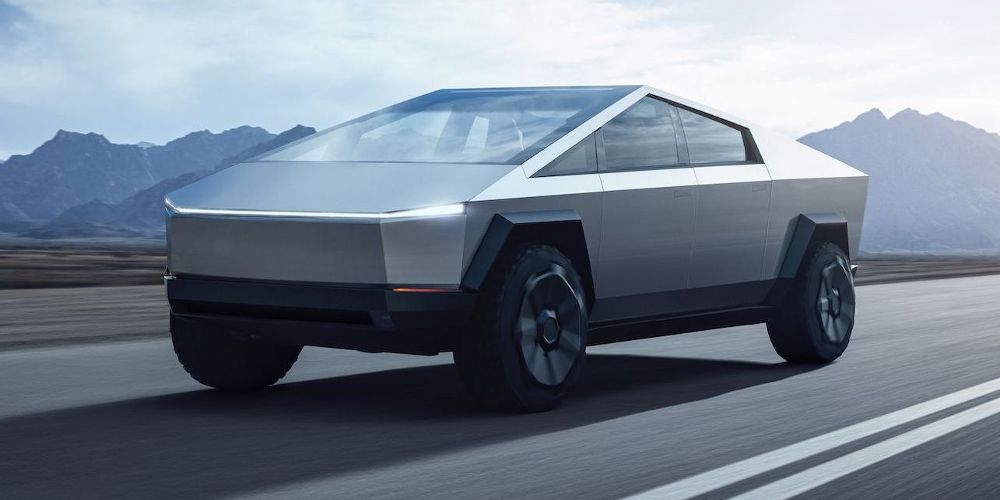With the richest tech billionaire on the planet Elon Musk officially acquiring Twitter at the end of October 2022 (The New York Times), it's worth wondering how much time, energy, and resources will be devoted to the social media platform and where that will leave the future of Tesla, Inc., the leading EV brand set to bring automotive green technology into the 21st century.
With five Tesla car models made available to the public, so far, with at least two more in production for the future, the evolution of the brand's marriage of high-performance utility and eco-friendly emission rates continues to speed past the competition in 2022 and beyond.
8 Tesla Roadster First Generation (2005 - 2009)
According to Tesla, tech billionaire Elon Musk's plan for Tesla, from the onset, was to launch the brand with an exhilarating, premium high-performance sports car that would attract early customers before transitioning to more affordable and family-friendly sedans, and comfortable compacts. The result was the Tesla Roadster, which was first unveiled to the public in July 2006.
Patterned after the Lotus Elise chassis, the Tesla Roadster was a battery-electric vehicle (BEV) sports car that utilized a lithium-ion battery pack that enabled the Roadster to travel roughly 245 miles on a single charge while also eclipsing a top speed of 200 mph and operating with an efficiency of 120 miles per gallon. (Tesla).
7 Tesla Model S (2012 - 2015)
After securing a $465 loan from the U.S. Department of Energy in 2009, Musk poured resources into developing the Tesla Model S (BizJournals). By 2012, the company ceased production on the Tesla Roadster, focusing most of its energy on launching its second car, a luxury sedan with far different specs and stats than the preceding sports car. According to MercuryNews, the Tesla Model S was publicly revealed on June 22, 2012.
In what would become Tesla's most popular and bestselling EV until the release of the Model 3 (CleanTechnica), the Model S boasted a twin-engine and an all-wheel drive layout. After the Model S was named Motor Trend Car of the Year in 2013, Tesla announced the Tesla Autopilot feature in 2014 in an effort to transition to fully-automated driverless cars. By 2015, Tesla began working on the launch of its third EV model.
6 Tesla Model X (2015 - Present)
A midsize luxury crossover with elements retained from the Model S, the Tesla Model X is classified as SUV. The midsize BEV is known for its unique falcon-wing doors. After the prototype was revealed in February 2012, the first deliveries of the Model X to consumers began on September 29, 2015 (Green Car Congress). At launch, the base Model X version boasted a range of 257 miles per single charge and earned a 5-star safety rating, which is one of the reasons why the tech brand has so much customer loyalty.
In 2016, a slightly modified Tesla Model X 60D was introduced as an affordable alternative to the base model. Still available to this day, the Tesla X models continue to receive upgrades and improvements, with the 2021 Model X Raven offering 371 miles per single battery charge (CeanTechnica).
5 Tesla Model 3 (2017)
A smaller and more compact sedan, the Tesla Model 3 was officially launched on July 28, 2017, with 30 deliveries made the same day (Daily Express). The battery-powered EV was marketed as one of the brand's most affordable and accessible cars, and in 2021, the Model 3 became the first electric car to surpass one million global units sold (per CleanTechnica).
The 4-door sedan featured a rear-motor and RWD layout with an electric charge range of 272 miles and a Long Range upgrade that allows up to 258 miles per single battery charge. According to Tesla, the Model 3 is equipped with full self-driving hardware and software that is updated intermittently. Between the eco-friendly tech and affordable price point, the Tesla Model 3 remained America's top-selling plug-in electric vehicle (PEV) from 2018 to 2020 (EV-Sales).
4 Tesla Model Y (2019 - Present)
A compact crossover first introduced in March 2019, the Tesla Model Y is the most recent BEV officially available for public purchase by the green tech giant. By March 13, 2020, the extremely valuable tech company began delivering its first purchased Model Y cars, which is patterned after the Tesla Model 3 and reportedly shares 75 percent of its parts and components. (Electrek).
The 5-door SUV operates a rear-motor RWD layout and 75kWh lithium-ion batteries to offer a standard range of 244 miles per single battery charge. While the Long Range RWD Model Y was canceled (EVBite.com), Tesla is still currently delivering its Long Range AWD and Performance configuration options for the Model Y.
3 Tesla Semi (2022 - Present)
Announced at a surprise Tesla event held on November 16, 2017, Elon Musk unveiled ambitious plans to launch the massive Tesla Semi, an all-electric Class 8 semi-trailer truck that comes with two variants. The first can travel 300 miles on a single battery charge while the second offers a range of 500 miles (The Los Angeles Times).
In October 2022, Musk announced on Twitter that Tesla partnered with Pepsi Co. to begin production on the Tesla Semi starting on December 1st, 2022, proving that the green technology company has exciting things to come. In early 2018, Musk announced that the company already received 2,000 total pre-orders of the Tesla Semi (Car And Driver).
2 Tesla Roadster Second Generation (2023 - Future)
Slated to commence production in 2023 (MotorTrend), the Tesla Roadster Second Generation was also announced as a surprise revelation in November 2017. According to Musk at the event (Green Car Reports), the souped-up sports car model is designed to travel 620 miles on the 200 kilowatt-hours battery capacity, go 0-60 in 1.9 seconds, and eclipse a top speed of more than 250 mph.
Designed by Tesla's chief engineer Franz von Holzhausen, the second-gen Roadster includes a 2+2 coupe with a removable glass roof and 3 electric motors, one at the front and two in the back, which can crank out roughly 7,500 pounds-per-foot of torque (ElecTrek). While the next-gen Tesla Roadsters have been available for pre-order since 2017, several production delays have put the EV on the back burner.
1 Tesla Cybertruck (2023 - Future)
The final and most recent Tesla vehicle model on record, the Tesla Cybertruck was announced in 2019. According to Tesla, the light-duty truck BEV will include three versions that range from 250 to 500 miles per battery charge and the ability to accelerate from 0-60 in anywhere from 2.9 to 6.5 seconds depending on the version. By all accounts, production on the Tesla Cybertruck will commence in mid-2023.
A cyberpunk-inspired polygonal and amphibious pick-up truck ripped right out of Blade Runner, the Tesla Cybertruck operates a rear-motor and RWD layout that comes with dual, tri, and quad-motor options. Although it's not yet available for consumers to drive, the Tesla Cybertruck is marketed on the company's website as having "better utility than a truck with more performance than a sports car."

-1.jpg)
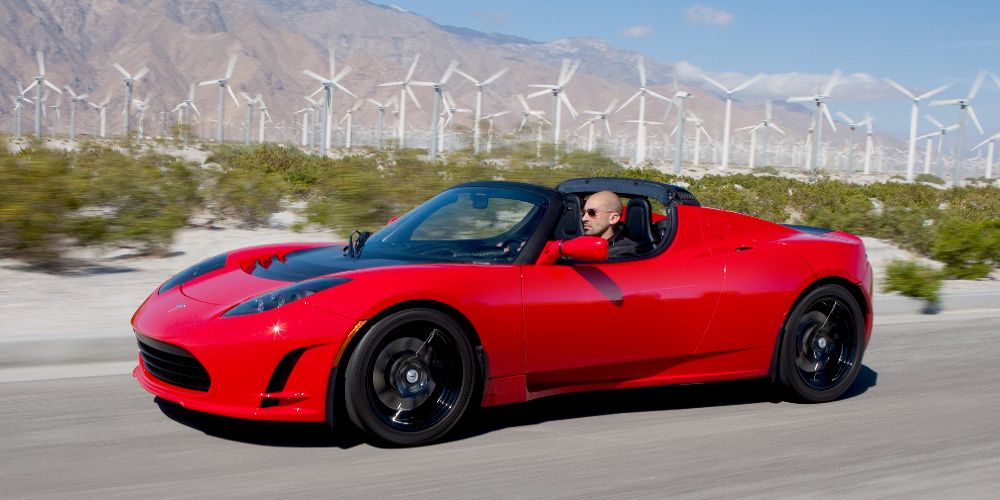
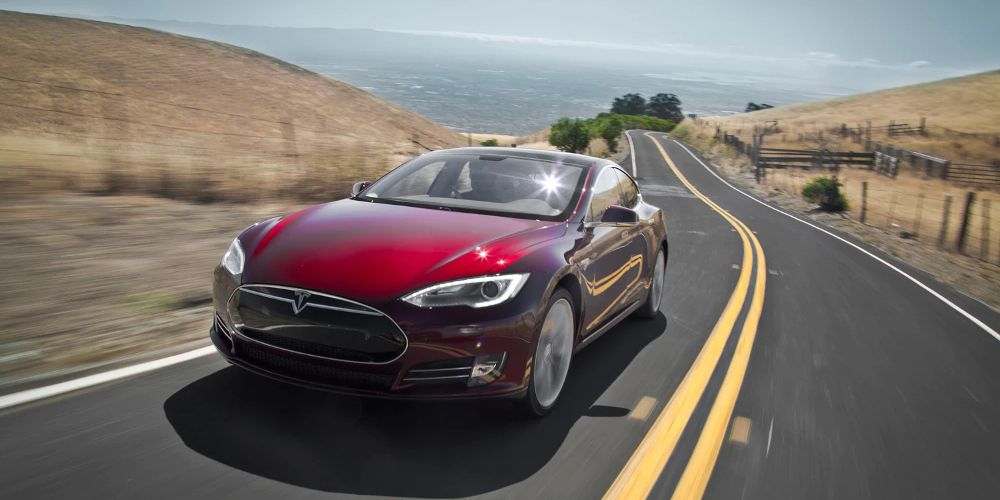
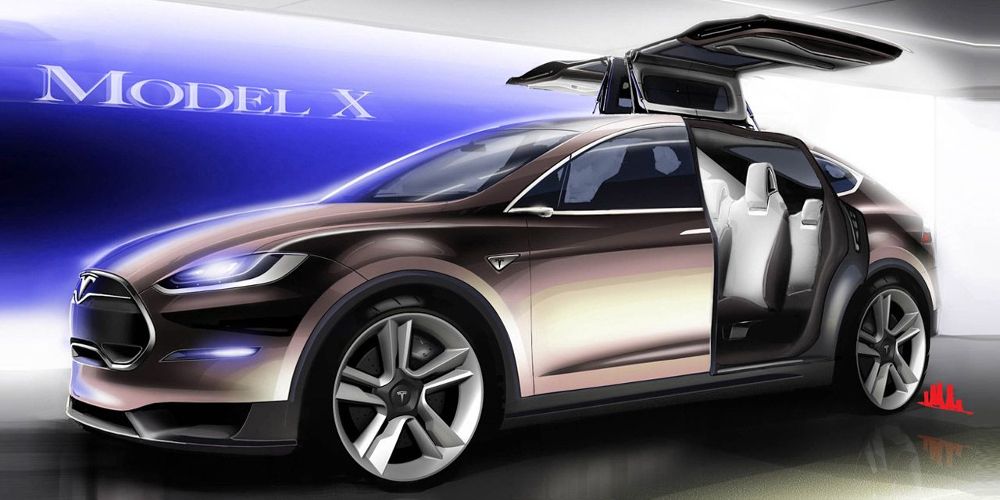
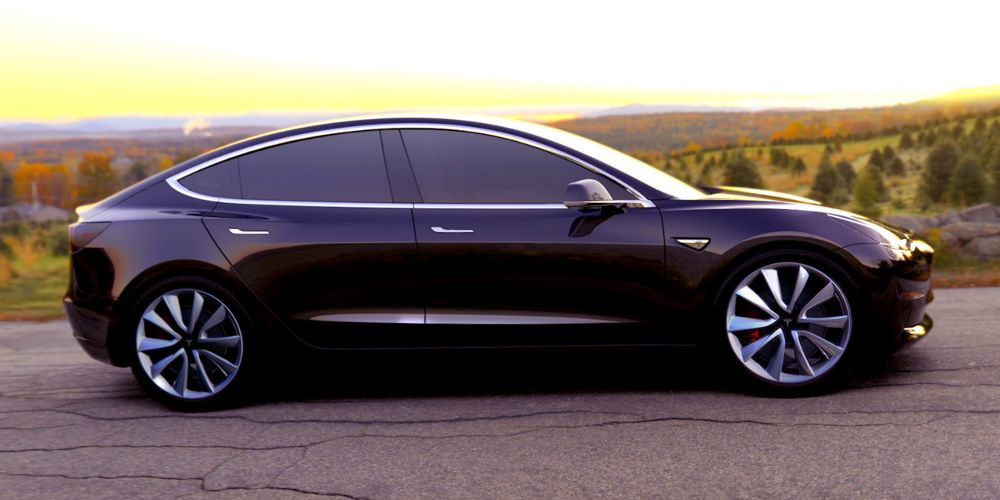
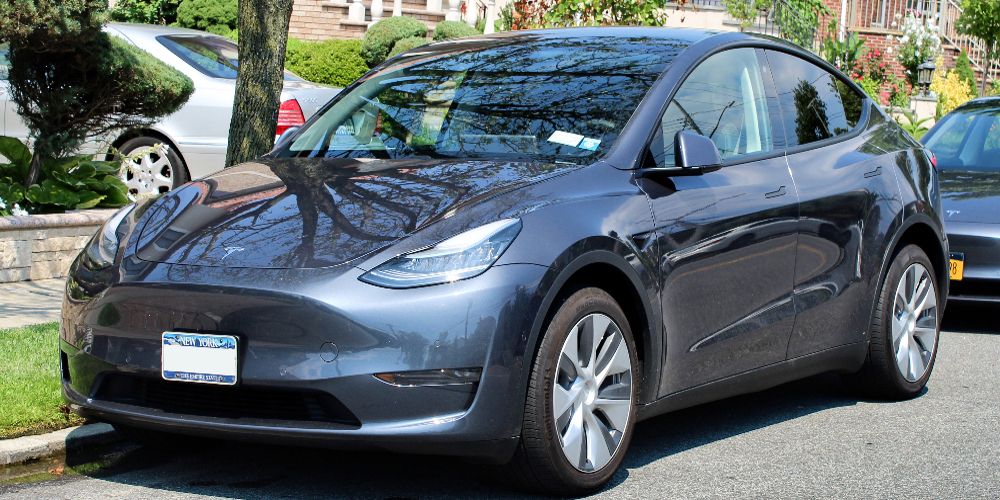
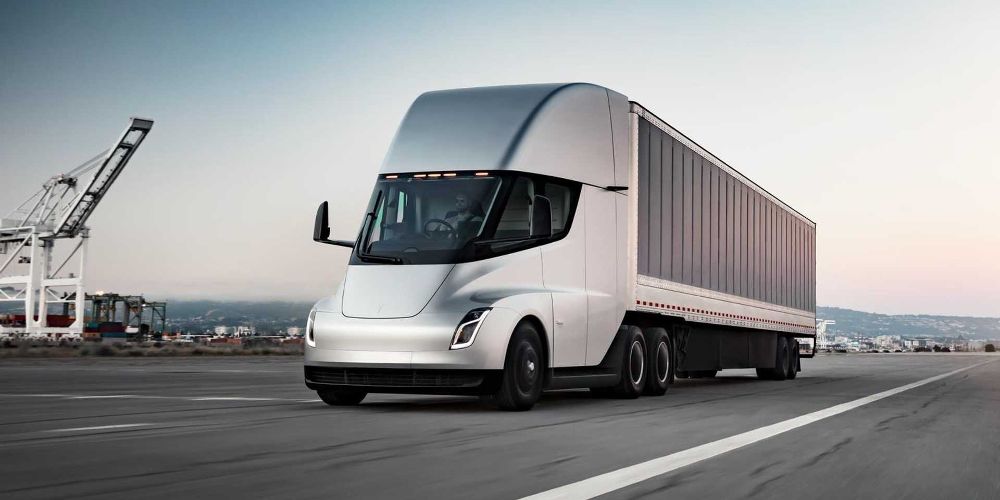
.jpg)
